The 1980s turned concept cars into automotive fever dreams. Between advancing engineering and bold design experimentation, automakers unleashed prototypes that looked like they’d driven straight out of a sci-fi movie—and some actually influenced the cars we drive today.
7. Ford Probe III (1981) (Exterior)

This aerodynamic masterpiece showcased Ford’s design future with a remarkable 0.22 drag coefficient that made other cars look like flying bricks. The Probe III previewed both the European Sierra and styling cues later seen on the American Taurus.
Ford Probe III (Interior)

Its smooth underbody and innovative spoilers weren’t just for show—these aero principles now appear on nearly every EV rolling off production lines.
6. Chevrolet Corvette Indy (1986) (Exterior)
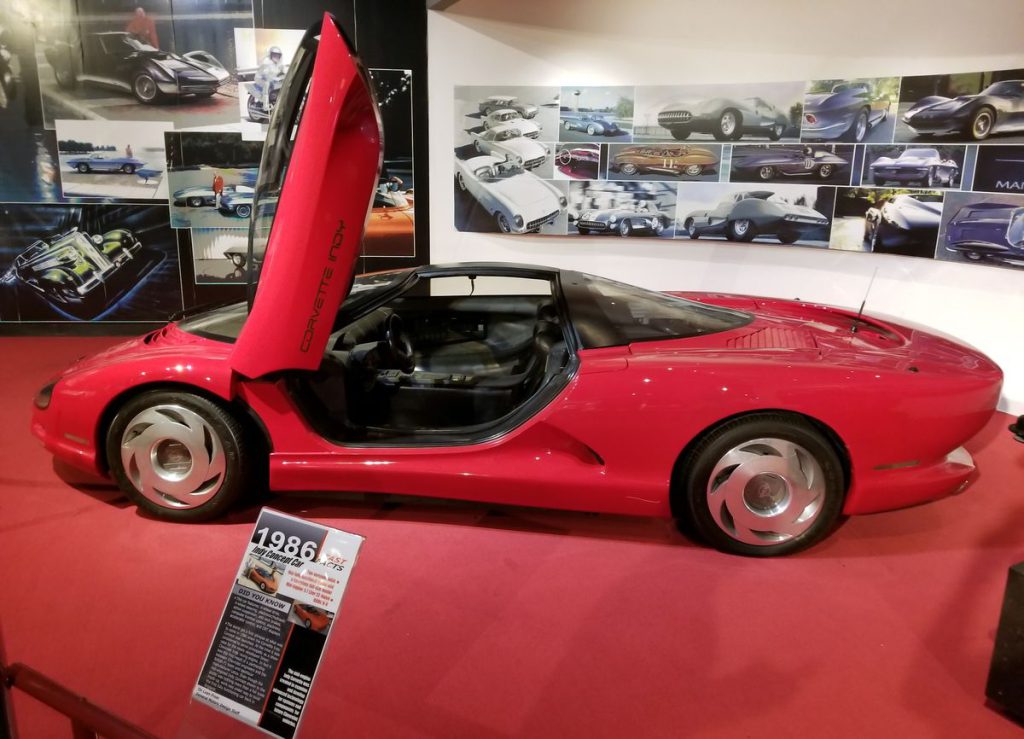
The radical Corvette Indy wielded a 600+ horsepower twin-turbo V8, Kevlar/carbon fiber bodywork, four-wheel drive, and electronic wizardry like steer-by-wire and active suspension—technologies decades ahead of their time.
Chevrolet Corvette Indy (Interior)
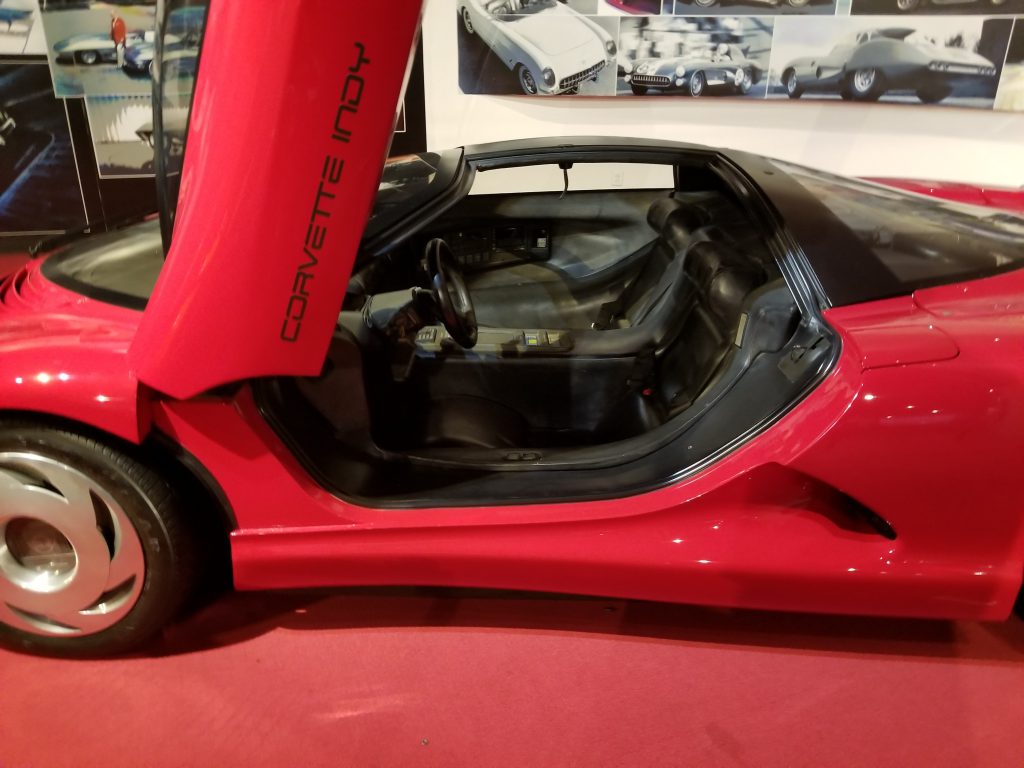
While it never reached production, the Indy planted seeds that eventually bloomed into today’s mid-engine Corvette and influenced supercar thinking across the industry.
5. Pontiac Trans Sport (1986) (Exterior)

The Trans Sport concept sported gullwing rear doors, a glass roof, an integrated Nintendo Entertainment System, and a turbocharged V6 that promised minivan performance with sports car attitude.
Pontiac Trans Sport (Interior)
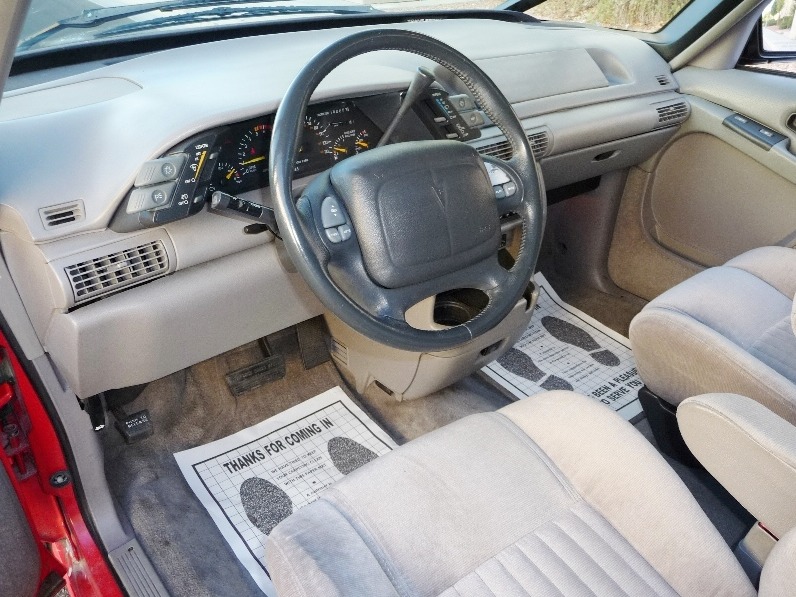
The production version lost most of the concept’s theatrical flair, but this forward-thinking design heavily influenced GM’s minivan strategy for years to come.
4. Chrysler Lamborghini Portofino (1987) (Exterior)
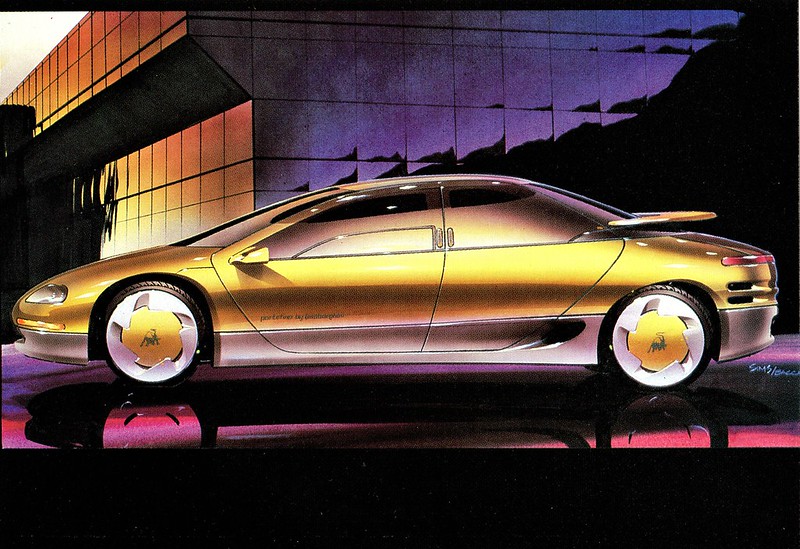
Developed after Chrysler acquired Lamborghini, this sedan concept stretched a Lamborghini Jalpa platform into a dramatic four-door with scissor doors that opened like mechanical butterfly wings.
Chrysler Lamborghini Portofino (Interior)

Intended to hint at a four-door Lamborghini that wouldn’t materialize for decades, the Portofino instead foreshadowed Chrysler’s successful “cab-forward” sedans of the 1990s.
3. Oldsmobile Aerotech (1987) (Exterior)
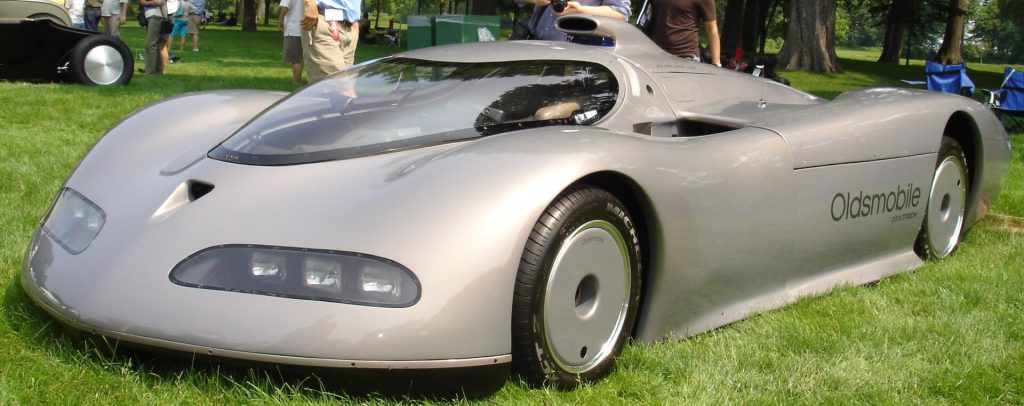
The Aerotech showcased Oldsmobile’s Quad 4 engine wrapped in aerodynamic bodywork that looked like it belonged on a Formula One grid.
AJ Foyt pushed a later iteration to 275 mph, shattering speed records and driving mainstream attention back to Oldsmobile’s engineering capabilities. Sometimes the best marketing comes from pure, unadulterated performance.
2. GMC Centaur (1988) (Exterior)
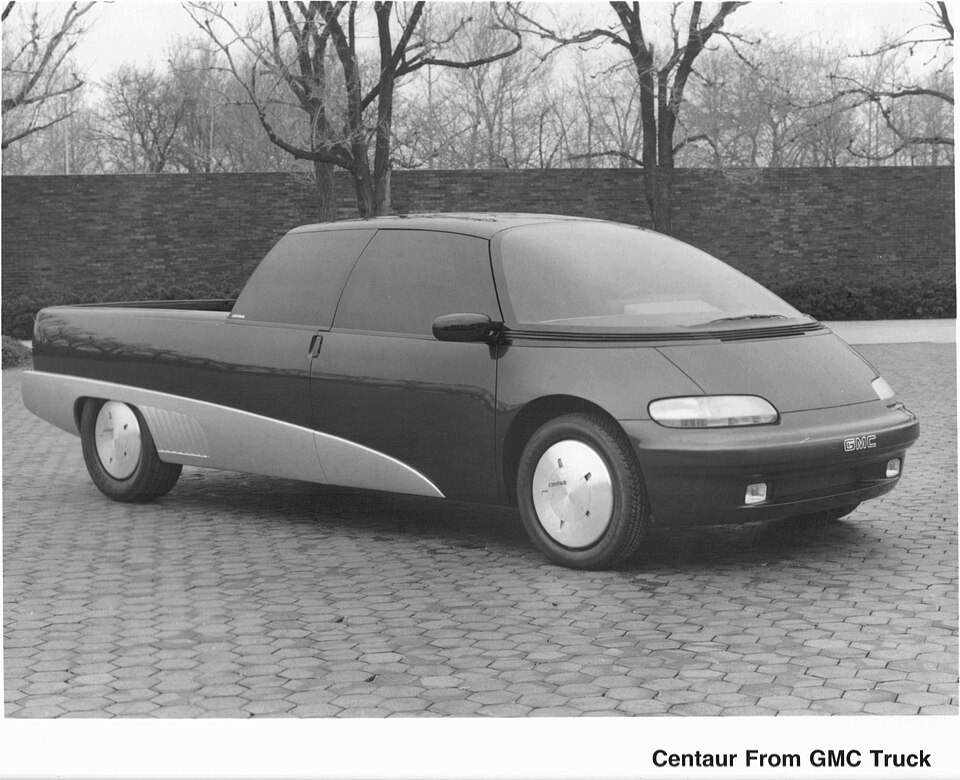
The Centaur attempted to merge van practicality with truck utility, featuring a minivan’s front end and a 3.0L six-cylinder engine mounted under the bed. Four-wheel steering and odd proportions made it genuinely unique, but ultimately too niche for production.
This concept predicted the later rise of crew-cab pickups with family-friendly interiors that now dominate truck sales.
1. Pontiac Banshee IV (1988) (Exterior)
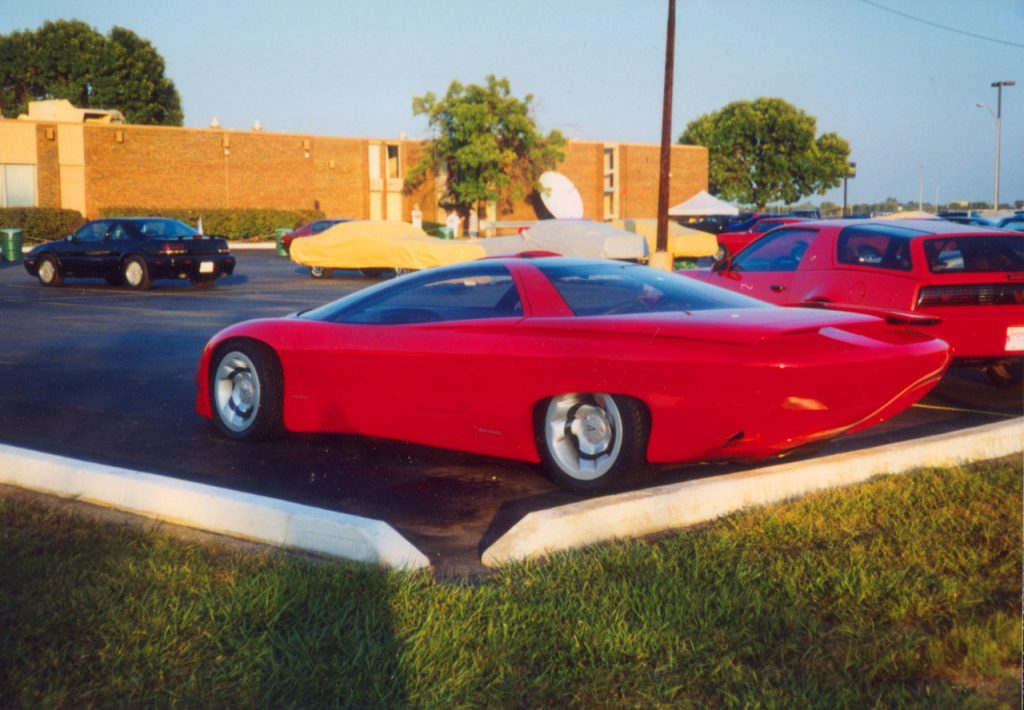
This fourth-generation Banshee showcased digital gauges, a heads-up display, and the styling language that would define the fourth-generation Firebird while influencing Camaro design.
Its 230-horsepower V8 and technological focus perfectly illustrated Pontiac’s relentless pursuit of “driving excitement” during an era when most cars prioritized efficiency over thrills.





























